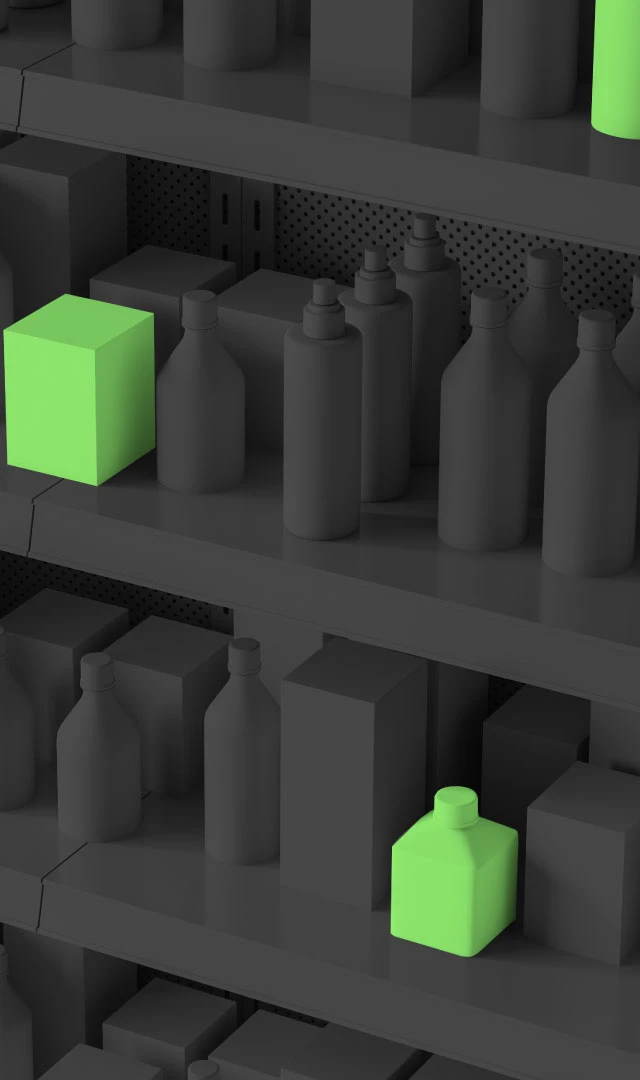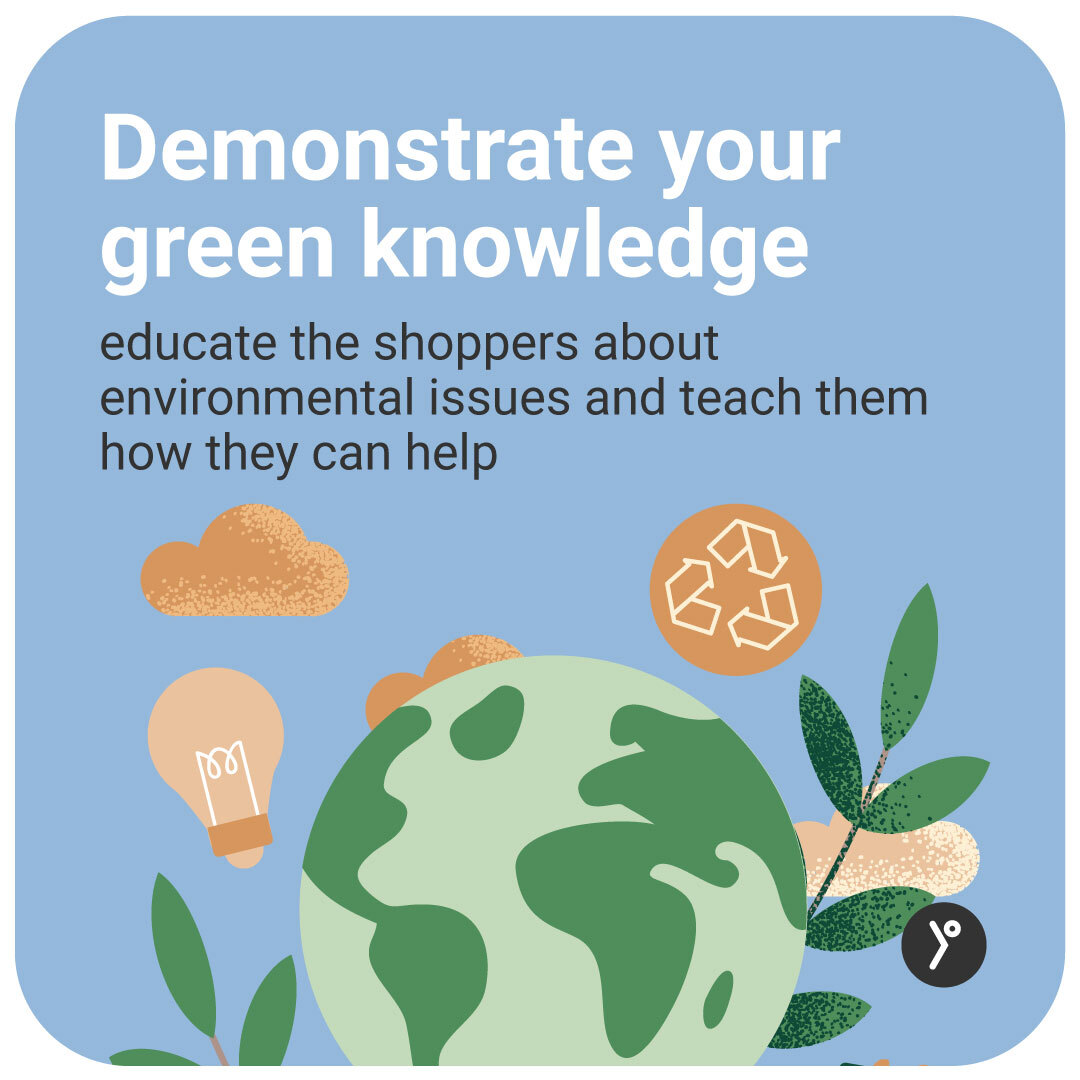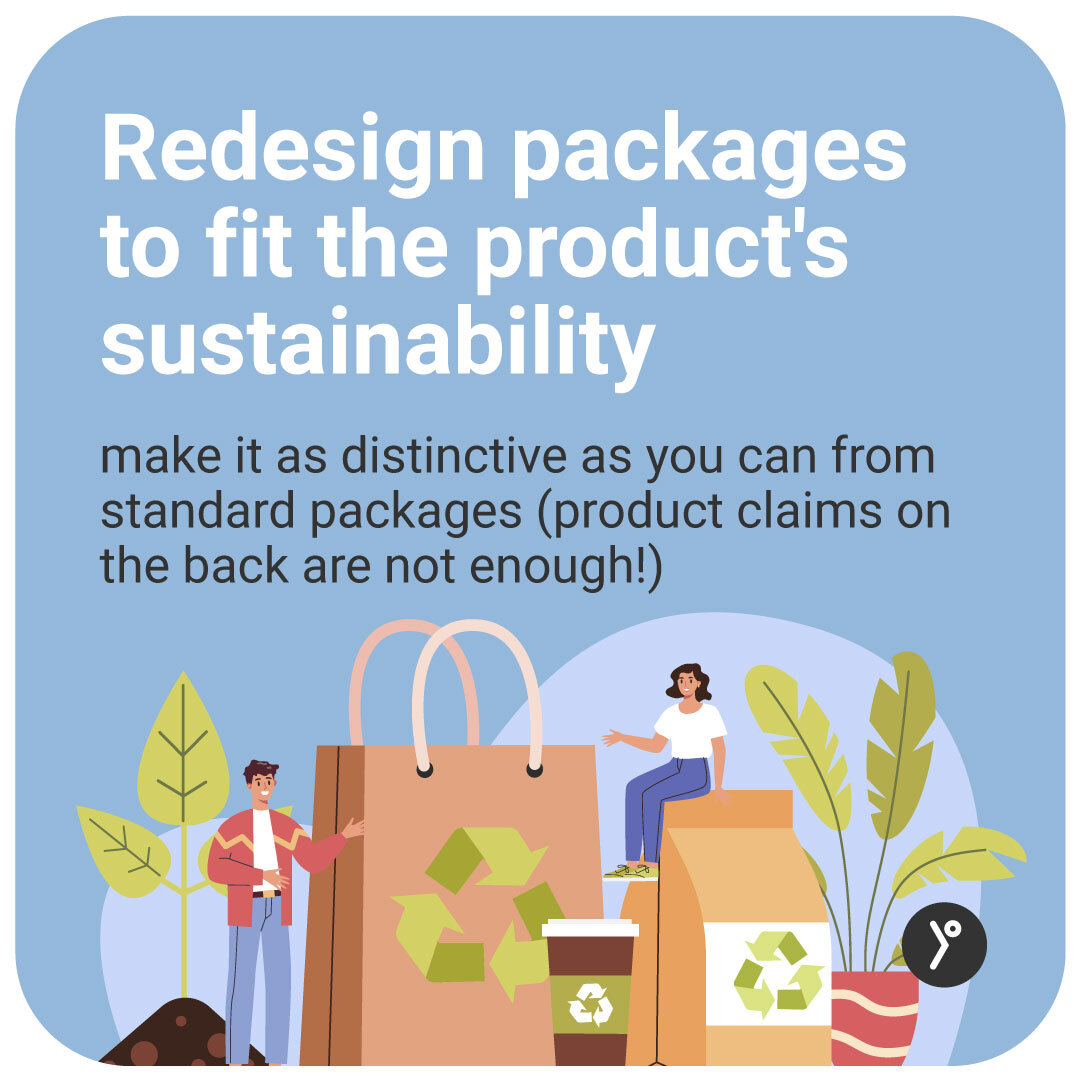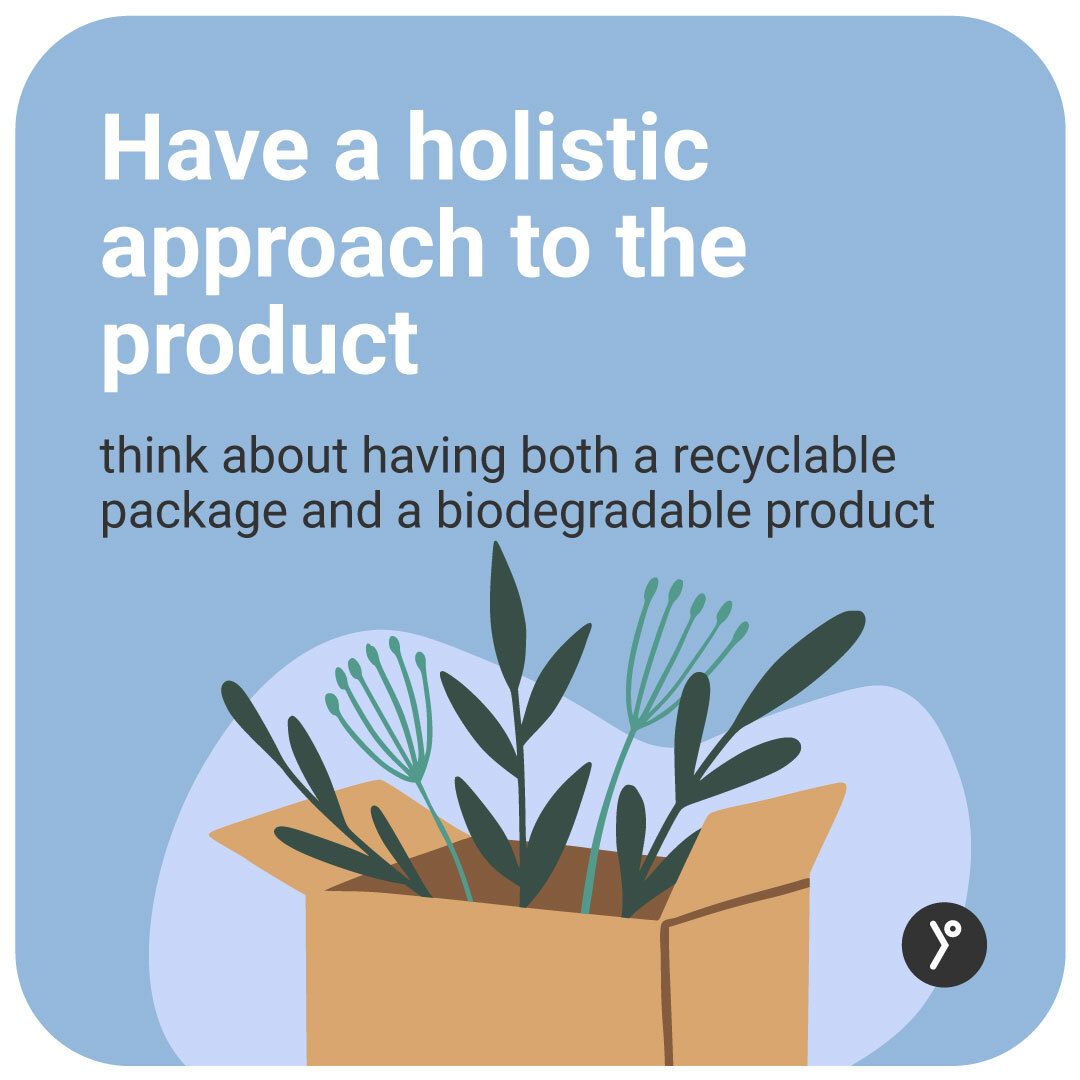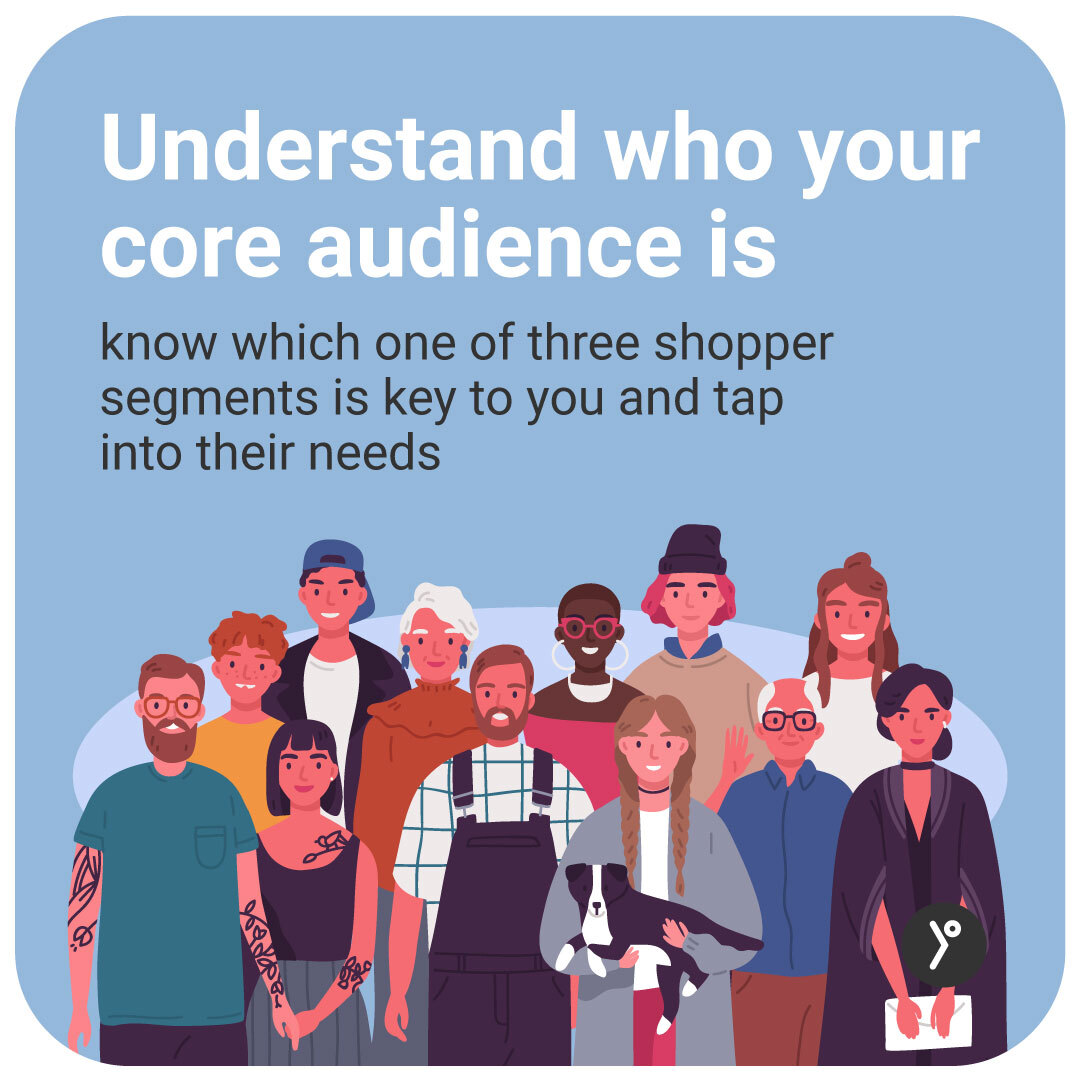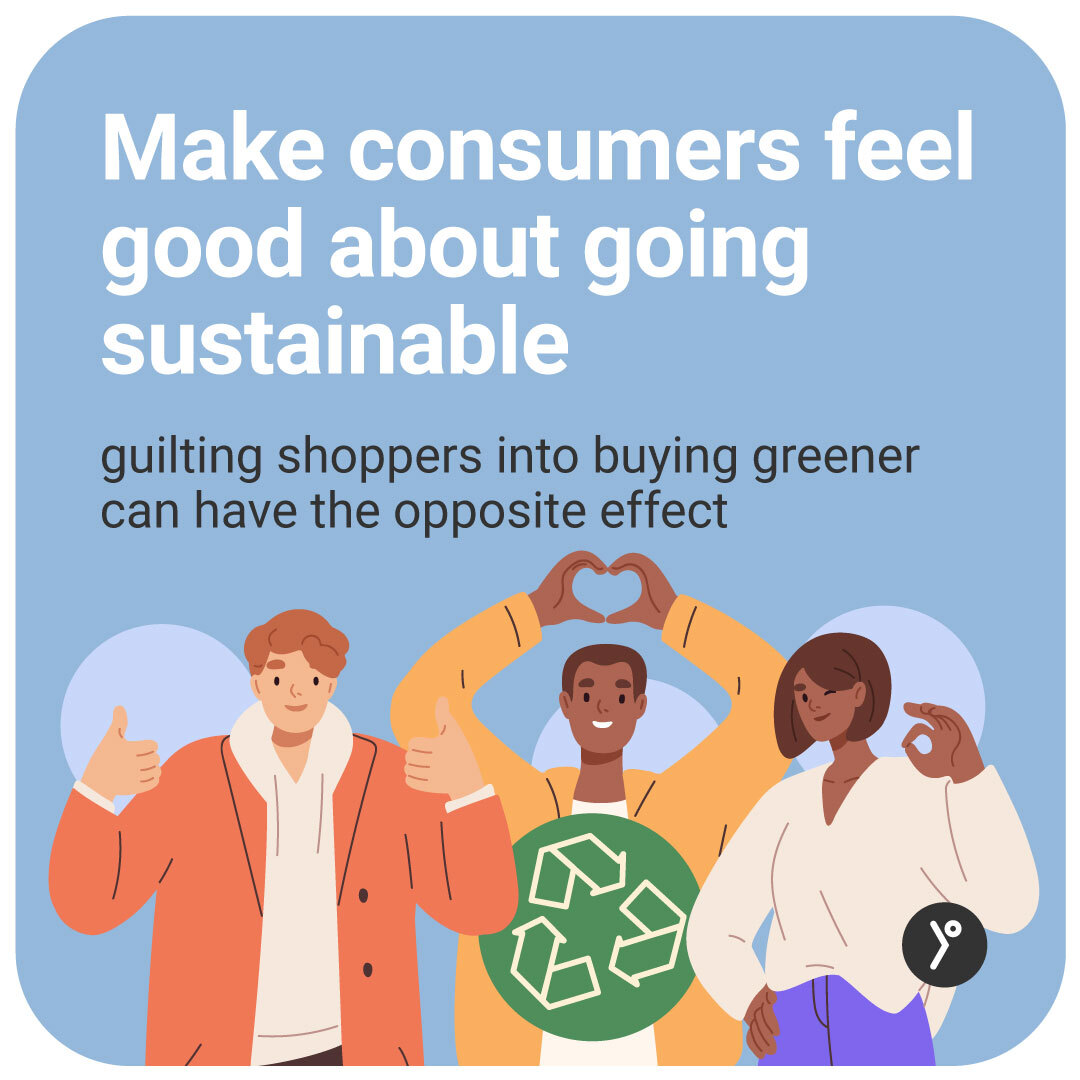Why do consumers opt to buy some products more than others – especially in the arena of sustainable alternatives? The truth is that the demand is there – 86% of consumers are open to trying more eco-friendly products! So, why don’t brands venture out and build more alternatives that satisfy that green consumer need?
In the final installment of the study on sustainable products, we focused on how different sustainable product categories perform on the shelf – and what it means for brands that are in the process of developing sustainable products.
Here are the previous parts of this comprehensive study:
Part 1: The green horizon: An intro to the green buyer and how to measure eco behavior
Part 2: Walk your talk: Strategies for choosing your sustainable product claims wisely
Part 3: Social media impact: How much does social media content impact actual shopping?
Part 4: Virtual shopping: Why some categories are leaders in change, and how to become one
Here’s a digest of the study set-up – The study included a curated selection of tested stimuli in replicated Facebook timelines with a scrollable feed, where in-context performance of all the posts tackling plastic pollution was tracked – and followed by standalone exposure. As explained in the previous installment, a mix of eye tracking and facial coding uncovered emotional engagement and visibility of social media content. This part was then followed by a virtual shopping task, where four different product categories were exposed to the respondents (energy bars, shower gel, toothbrushes, and toothpaste). There were six testing cells in total, with two control ones in which the respondents did not have exposure to the social media timelines but only completed a Virtual shopping exercise – to compare the effect of content tackling this very topic.

Personal care products impact the whole eco-category
The purchases in the personal care category (toothbrush and toothpaste) were by far the most influenced by eco-aware advertising. Shoppers exposed to the scientific social media posts were considering and buying more ECO toothbrush products compared to the mass media, celebrity-endorsed and posts from the control cell 1. The respondents from both control cells were buying more regular, non-eco products than cells exposed to the scientific posts – indicating that when consumers don’t see their potential impact on the environment, they are not going to take action.

Interestingly, the personal care category is the only one in which not only the package is sustainable – but also the product itself. And on top of this, the packages of these products were clearly distinctive from regular products in terms of shapes, materials, design, making it easy for shoppers to spot them on the shelves. However, even though the virtual shopping task in control cell 1 featured shelf stickers that should make it easier for consumers to identify eco-products in the store, there are no significant differences in the findings compared to control cell 2, which had none. But this is where both retailers and brands can make all the difference in terms of creating, testing and optimizing in-store materials to help guide the shoppers in the green direction!
Another important note is that the toothbrush category had the smallest differences between the average price of ECO vs regular products – which is in line with the findings that the majority of people (50%) would purchase sustainable products if they were the same prices as their regular products. The bottom line is that if brands want to make a real impact, ‘sustainable’ should not become a synonym for premium and that the prices need to remain competitive and accessible to all consumers.
Consumers want different options to choose from
Aside from being friendly to the environment and the wallet, the tested ECO toothpaste products also included some established brands. We’ve seen that over 27% of shoppers stated they would buy more eco-products if they were from well-known brands, but still, many brands become sustainable players only when the demand for greener alternatives is high. So, while it makes sense to play it safe, it is undeniable that the need for these types of products will only continue to rise as consumers become more and more aware of the green consumerism impact.
Being brave and bold in developing new products can have a much higher impact if you are a big brand – and these innovations can reinvent entire categories. However, always keep the customer experience in the center of the product: how can you improve it as you make it more sustainable? Explore new products and categories, and if there are no current sustainable solutions in your category – there is a plethora of space for innovation.
So, how to become a leader of the ‘green’ impact? Here’s a handy checklist of our experts’ recommendations:
Ready to launch a winning sustainable product? Reach out to us at [email protected]!
